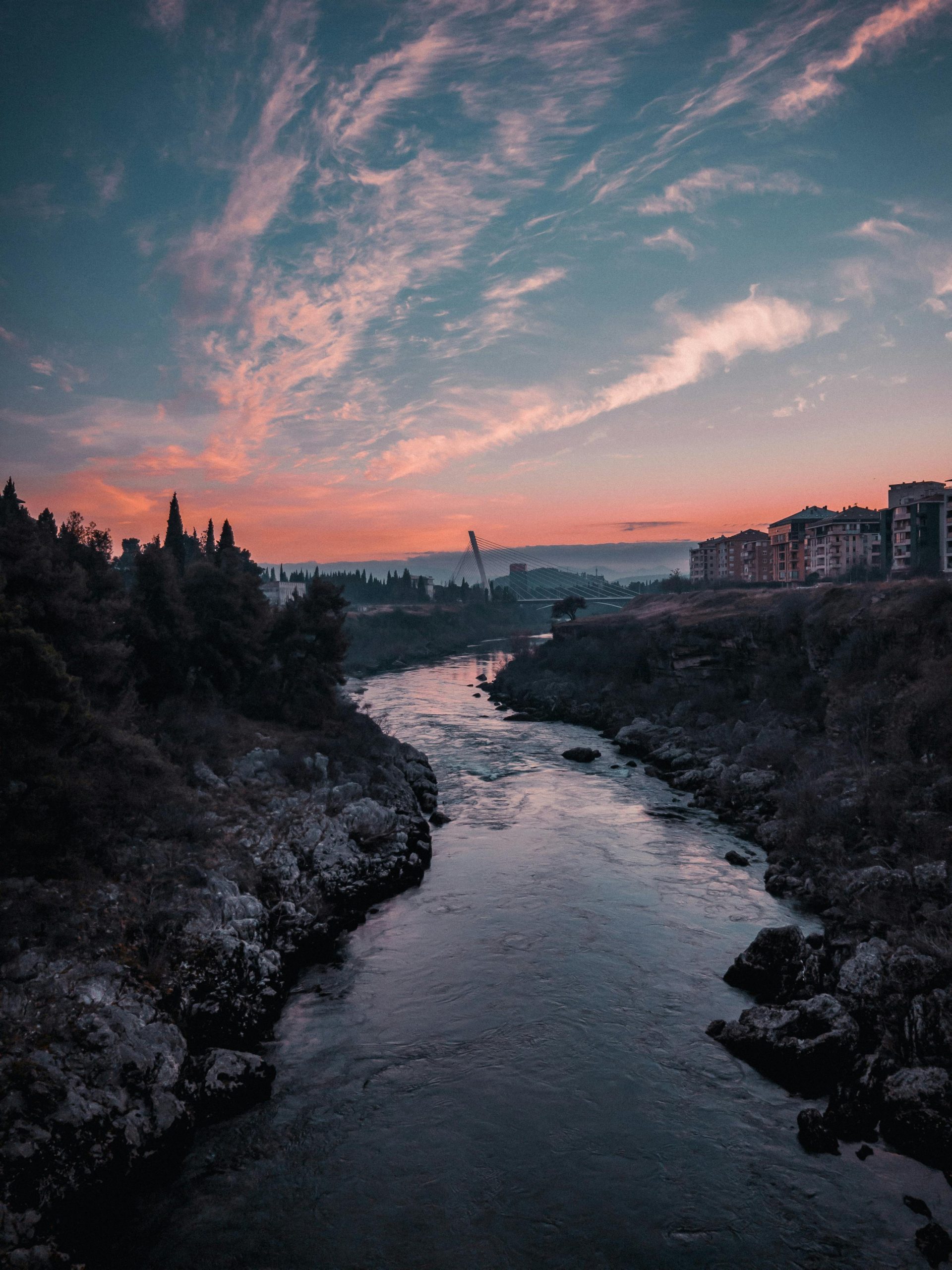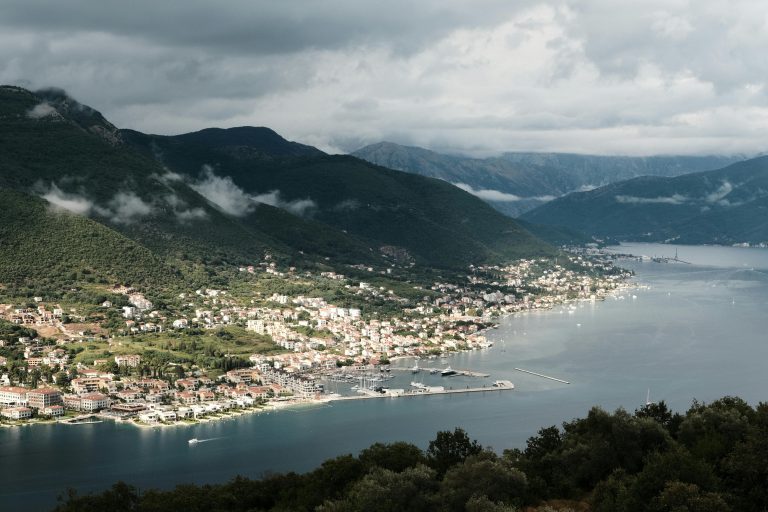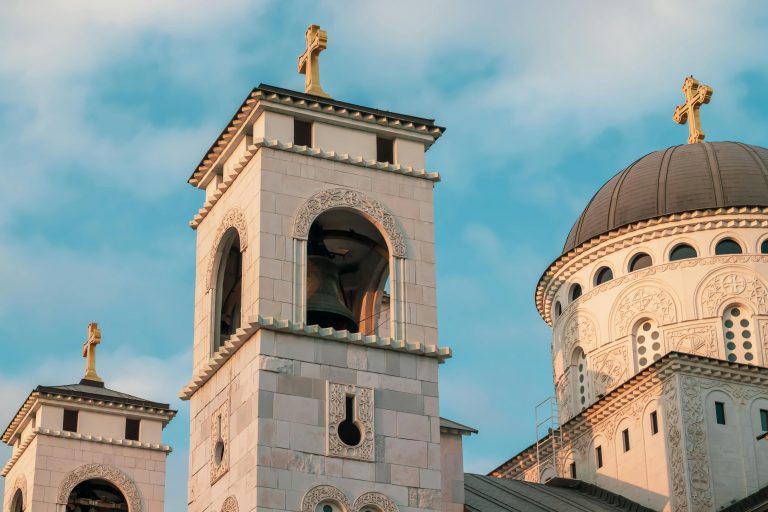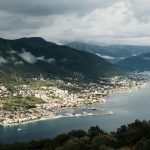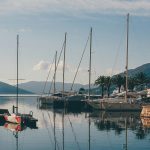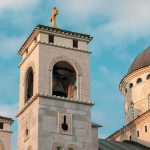Nestled at the crossroads of several rivers and just a short drive from both the Adriatic Sea and the mountainous north, Podgorica is Montenegro’s underrated gem. Often overlooked in favor of coastal hotspots like Kotor and Budva, the capital city offers a unique blend of modern living, Ottoman heritage, and natural beauty. As the political, economic, and cultural center of Montenegro, Podgorica is more than just a convenient stopover—it’s a destination in its own right, with a story that spans centuries.
A Glimpse into Podgorica’s History
Podgorica’s strategic location at the confluence of the Morača and Ribnica Rivers has made it a key settlement throughout history. Archaeological remains indicate that the area was inhabited as far back as the Roman period, when the town was known as Doclea (Duklja). Later, it became an important stronghold during the Byzantine Empire and then under Ottoman rule.
The name “Podgorica,” which means “below the hill” (referencing nearby Gorica Hill), was first recorded in the 14th century. The Ottomans left a lasting influence, particularly evident in the architecture of the Stara Varoš (Old Town) district. During the 20th century, Podgorica saw significant change. It was briefly renamed Titograd during the Yugoslav era, and after Montenegro regained independence in 2006, the city emerged as a symbol of national pride and modern development.
Modern Podgorica: Where the Old Meets the New
Today, Podgorica is a city of contrasts. On one hand, you’ll find glass skyscrapers, luxury boutiques, and bustling cafes lining the wide boulevards. On the other, charming cobblestone alleys lead you through centuries-old neighborhoods steeped in history. The juxtaposition of new and old creates a dynamic atmosphere that captures the spirit of modern Montenegro.
The city center is compact and walkable, with Republic Square (Trg Nezavisnosti) serving as a hub of activity. From here, it’s easy to explore the major sites, enjoy a leisurely meal, or venture into the nearby neighborhoods for a more local experience.
Key Attractions in Podgorica
1. Stara Varoš (Old Town)
This historic district is a vestige of Podgorica’s Ottoman past. Wander through narrow stone streets to discover old mosques, watchtowers, and traditional houses. Notable landmarks include the 15th-century Clock Tower (Sahat Kula) and the Osmanagić Mosque.
2. Millennium Bridge
Spanning the Morača River, the Millennium Bridge is one of the city’s most recognizable modern structures. Opened in 2005, its sleek design symbolizes Podgorica’s entry into the contemporary era. It offers great views of the river and surrounding skyline.
3. Cathedral of the Resurrection of Christ
This stunning Serbian Orthodox cathedral is one of the most striking religious structures in the Balkans. Its elaborate frescoes, domes, and gold detailing draw both worshipers and architecture enthusiasts.
4. Ribnica Fortress and River Walk
Near the confluence of the Morača and Ribnica Rivers lie the ruins of the ancient Ribnica Fortress. It’s a scenic and quiet place for a riverside stroll, especially at sunset. The nearby stone bridge is also a charming photo spot.
5. King Nikola’s Castle
Now home to the City Museum, this former royal residence showcases artifacts from Montenegro’s history, including the royal family’s legacy and Podgorica’s role through various historical periods.
Nature and Outdoor Activities
Though a capital city, Podgorica is rich in green spaces and outdoor escapes. Gorica Hill, just north of the center, is a popular spot for locals to hike, jog, or enjoy panoramic views of the city. The city also offers access to several nearby rivers where kayaking and fishing are common activities.
Skadar Lake National Park, located about 30 minutes southeast, is Montenegro’s largest lake and a paradise for birdwatchers, nature lovers, and photographers. It’s easily accessible for a day trip from Podgorica and offers boat tours, monastery visits, and wine tasting experiences.
Food and Nightlife
Podgorica’s culinary scene is a reflection of Montenegro’s diverse influences—Balkan, Mediterranean, and Turkish. You’ll find everything from street food like burek (a meat or cheese-filled pastry) to upscale restaurants serving seafood, lamb, and locally sourced vegetables.
Some popular spots include:
- Pod Volat – Famous for traditional Montenegrin grill and generous portions.
- Restaurant Šešir Moj – A cozy option for Balkan cuisine in a rustic setting.
- Elit Restaurant & Lounge – A more modern choice with European fusion dishes.
When it comes to nightlife, Podgorica has a growing scene. The Bokeška and Njegoševa streets are lined with bars, wine lounges, and small clubs. Whether you’re into live music, DJ sets, or a quiet glass of Vranac wine, there’s something for every type of traveler.
Shopping and Local Products
For shopping, Delta City Mall offers international brands, cinemas, and cafes. But to experience the local flavor, visit the Green Market (Zelena Pijaca). Here you’ll find fresh produce, artisanal cheeses, honey, olive oil, and handcrafted goods from across the region.
Montenegro is also becoming known for its wines. Local vineyards around Podgorica, especially in the area of Plantaže Winery, produce award-winning reds and whites. A wine tasting tour is a perfect way to experience the countryside and Montenegrin hospitality.
How to Get to Podgorica
Podgorica is easily accessible by air, train, or road. Podgorica Airport (TGD) is just 11 km from the city center and offers connections to major European hubs. Trains and buses run frequently between Podgorica and coastal cities like Bar and inland towns like Nikšić and Bijelo Polje.
Once in the city, taxis are affordable, and public transport is available, though most of the city’s attractions are within walking distance of each other.
Why Visit Podgorica?
- Authentic Montenegro: Fewer tourists mean a more genuine experience.
- Cultural Richness: From ancient fortresses to modern art galleries.
- Natural Beauty: Rivers, hills, and parks in and around the city.
- Affordable and Accessible: Great value for food, accommodation, and entertainment.
- Perfect Base: Centrally located for exploring the entire country.
Final Thoughts
Podgorica may not have the fame of Kotor or the beaches of Budva, but it offers something just as valuable: authenticity, calm, and a sense of discovery. As Montenegro continues to rise as a top European travel destination, its capital is quietly asserting its place on the map. Whether you’re passing through or staying a few days, Podgorica rewards curious travelers with rich history, friendly locals, and the gateway to all that this beautiful country has to offer.
